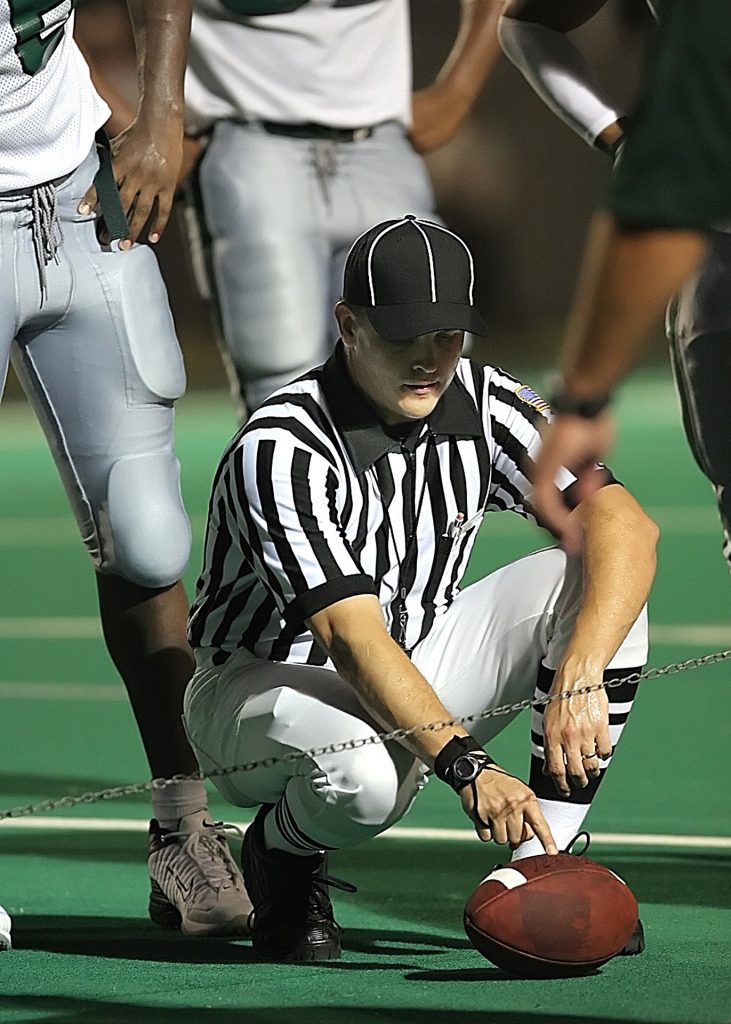Humans like certainty and predictability. I like to know my schedule for the day, week, month, and to some extent year. As the time line expands, of course, I have less confidence in that schedule. I’m pretty sure what my day will look like when I get up in the morning. I’m a lot less sure what my year will look like on any given morning.
But life is fraught with uncertainty. From “Will it rain on my run today even though WeatherBug says 0% chance?” (spoiler – it poured) to “Will my car breakdown on the frequent trips I take across Pennsylvania?,” we gamble with uncertainty every day.
We estimate how long it will take us to travel from point A to point B. We estimate monthly expenses to stay within budget. We estimate how many calories we burn during that morning run to know if we can have a piece of cake that night. Ok, so maybe I’m the only one that does that. But you get the point.
Any number of things can affect your estimate – an accident, a car repair, a sudden unexpected downpour. They are a bummer. Most of us get that we cannot predict or anticipate every hiccup and we do our best to account for these unforeseen circumstances.
So why would it be any different when we estimate wildlife populations? Estimating a deer (or any critter) population is not easy. But it can be done. The wildlife profession has spent decades developing techniques to estimate populations to account for all those “unforeseen” circumstances which in this case is “unseen” critters. Those techniques are pretty darn good too.
The Game Commission has always been, and always will be, accused of being incompetent (or worse) when it comes to estimating deer numbers. Having 30+ combined years of experience with estimating deer populations in Pennsylvania, it’s high time Duane and I confront the how of estimation techniques and why so many people dismiss, ignore, dispute, and downright hate them.
I could probably wax on for hours about that “why.” But I won’t. Instead, I’ll share my biggest sports pet peeve. I’m not a huge football fan but I enjoy catching a game. However, there is nothing that ticks me off more than seeing the chain gang summoned to the field. The camera zooms in and the nose of the football is 3 inches short of a first down. Really? Give me a break. Referees are eyeballing the downed knee of a player on the 2 or 3 previous downs. You’re telling me their placement is so precise that it is measured to the inch by a 10-yard chain. What an incredible display of false accuracy!
What does this have to do with deer population estimates? Estimates involve some degree of uncertainty (will I hit traffic on my way from point A to point B?) and are always associated with a +/-. To think that an ocular estimate of football placement doesn’t involve a +/- is ludicrous. How this practice still stands in a game that involves millions of dollars is mind blowing.
Kind of like people thinking a straight count of deer seen in an area are the only deer in that area. Estimates account for the unknown. As stated, people aren’t too keen of the unknown. Hence the misplaced trust in the chain gang. But without estimates we are operating blindly. Estimates inform our decisions so better ones can be made.
So we will be tackling the world of population estimates over the next few weeks. I’m sure you’re excited to hear that! We have talked about estimates before. But this will be a deep dive into uncomfortable assumptions and cold hard truths. Get ready to move the chains.
Wildlife Biologist
If you would like to receive email alerts of new blog posts, subscribe here.
And Follow us on Twitter @WTDresearch
This post is part of a series on Population Estimation
Moving the Chains (you are here)
